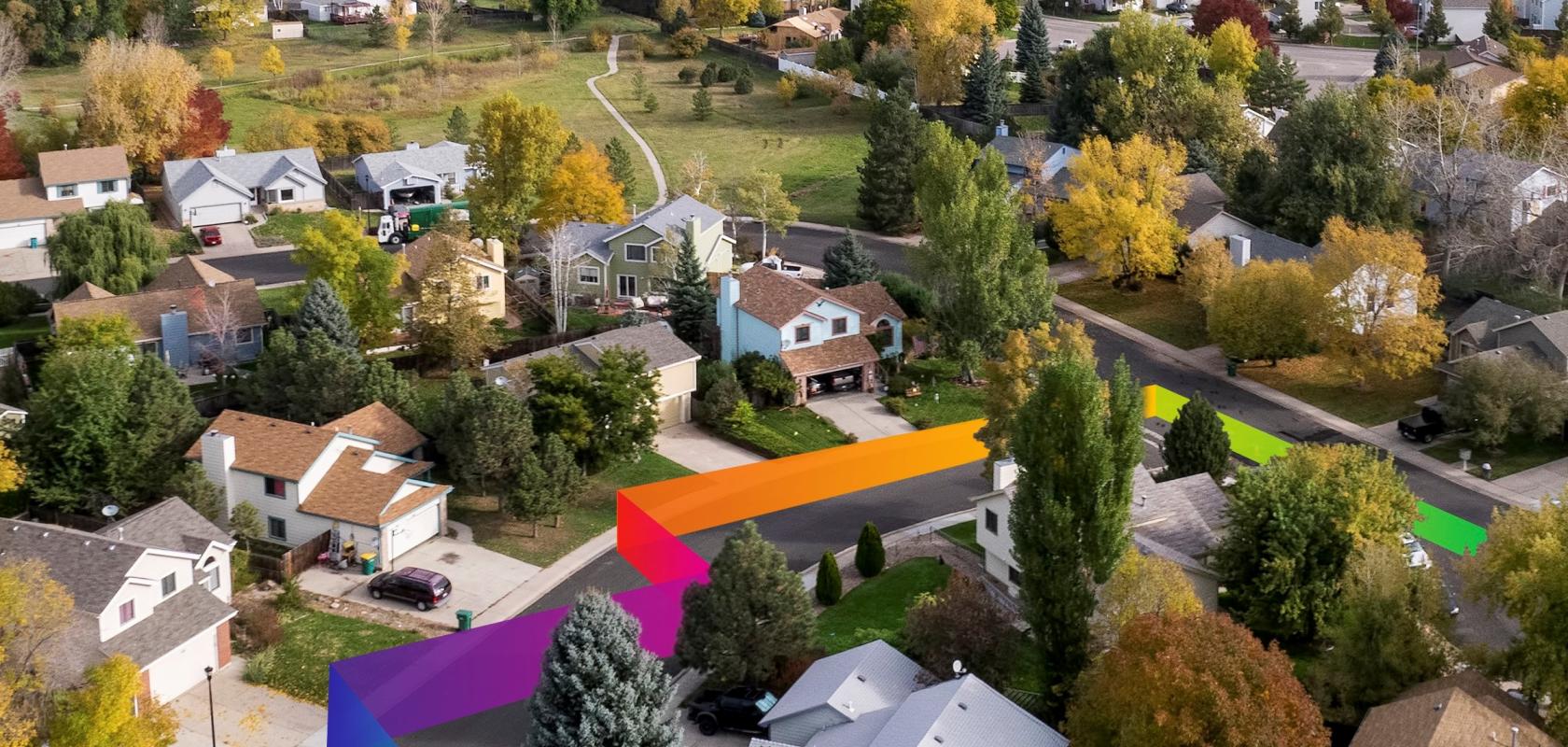Keely Portway takes a look at the next generation of bend-improved fibres, and how they can be best used to future-proof networks
There’s no denying that demand for bandwidth has skyrocketed in recent years, thanks largely to the increased appetite for online gaming, content streaming and social-media use. With 5G becoming ever-closer to reality, this demand will only grow further, putting pressure on network providers and operators.
It is widely acknowledged that fibre is the best way to achieve this higher bandwidth, and deployments are happening at pace. At this year’s FTTH Conference, the latest Market Panorama figures revealed that the deployment of both fibre to the home (FTTH) and fibre to the building (FTTB) networks had increased significantly. By September 2018 it was estimated that the coverage of FTTH/B reached 46.4 per cent in EU39 countries and 36.4 per cent in EU28 countries, showing an upward trend from September 2015 where the estimated rates were 39 per cent and 27.2 per cent respectively.
But is all fibre equal? According to the International Telecommunication Union Standardization Sector (ITU-T), FTTH deployments require a dedicated singlemode fibre cable, and the latest generation of G.657 bend-improved optical fibre cables offer the flexibility for easier deployment in streets, buildings and homes, including tight corners of buildings.
Full support
For Daniel Daems, fellow engineer at CommScope Connectivity, bend-improved fibres are ideally placed to support the full use of all transmission bands (O-, E-, S-, C-, Land U-band), covering the entire wavelength spectrum, between 1260 and 1625nm – something that is particularly important for future-proofing higher capacity networks.
He said: ‘At the beginning of the nineties, everybody made products for the outside plant operating at 1310nm. Although people knew that the bandwidth of single-mode fibre was, at that time, unlimited and that longer wavelengths like 1550nm would be better suited for long distance transmission due to the lower losses. But the opto-electronics didn’t exist for these longer wavelengths. Once the light sources and detectors became available for 1550nm, they discovered that the network they had built didn’t work well with it.’
This, said Daems, was because the attenuation was significantly higher than expected, because people installed the fibres in the closures often with a bend radius that was too small. ‘Once that happened,’ he continued, ‘we realised that if we design new products, we should look for the complete available bandwidth or range of wavelengths that you can use with optical fibre. It’s the same today and it ranges from 1260nm up to 1625nm. If you build a future-proof network, you must make sure it is qualified for use with 1625nm.’
However, the optical cable standards had not included that wavelength until recently, but both the ITU-T and International Electrotechnical Commission (IEC) have extended the cable performance requirements to include 1625nm in the last two years. ‘It was not only cable,’ said Daems, ‘but also connectivity components were missing the 1625nm specification, so connectors and splices were all qualified at 1310 and 1550 nm, but never for use with 1625nm. You could see surprises in the field where higher losses were seen at that wavelength. The new edition of IEC 61753-1 general guidance document was published last year in August, and this one states that you have to qualify also with 1625nm if you are going to use closures, connectors and passive optical components in your network.’
Next generation
This is a positive move, but the next challenge is in convincing end-users to specify this too. ‘The 1625nm really is something that operators have to keep in mind for the next generation of networks,’ said Daems. ‘And, now, of course, 5G will use an enormous amount of channels in fibre, or a lot more fibre. So, they will maximise the use of the existing cables if they can, using wavelengthdivision multiplexing (WDM) and using all wavelengths from 1260nm up to 1625nm. For the ITU-T, the next generation of transmission equipment is NG-PON and this operates with wavelengths up to 1625nm.’

NG-PON2 spectrum
It is not just the components and cables themselves, but also the test and measurement equipment. ‘The recent OTDRs even operate at 1650nm,’ continued Daems, ‘so it makes them even more sensitive for seeing installation mistakes in networks. Again, if you are going to use that wavelength, you need to at least have some pass/fail criteria to decide whether the installed network is good or bad. So, the message is to use 1625nm for the qualification of cables and components for use in your new generation of networks.’
Another concern is safety, as Daems explained: ‘The amount of channels or wavelengths you are using today in a fibre is increasing. Each has a certain optical power and if you add it all up, you come to a limit where, if you bend the fibre too sharply, the power of light that escapes from the core is then absorbed by the coating. So much so that the coating starts to heat up and could even burn in severe cases.’
At the longer wavelengths, where the fibre is the most sensitive for bending, a lot of power could be dissipated in the fibre coating. ‘With that amount of power in some parts of the network,’ said Daems, ‘we are very close to that dangerous limit already, especially if, by accident, you are manipulating a fibre with your fingers that is carrying that much power. Fibres stored with a too small bend radius will heat up by the optical power that escapes. If you do not use 1625nm for qualifying the product, you will never notice there is a problem until it suddenly happens without any warning.’


